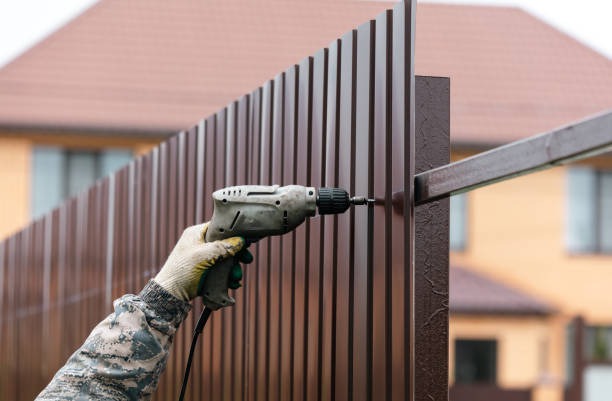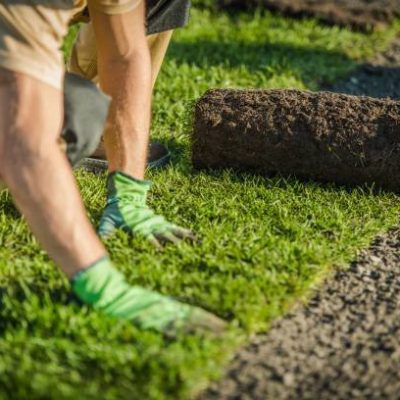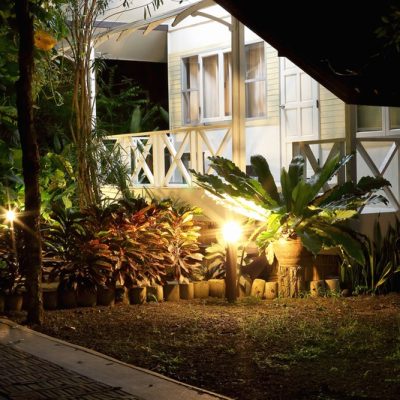Taking good care of your fence might not always be at the top of your to-do list, but when you consider its many roles—adding privacy, boosting security, and upping curb appeal—it deserves a little TLC. Whether you’re dealing with wood, vinyl, or metal, proper maintenance can dramatically extend the life of your fence. So, how can you keep it in tip-top shape? Let’s explore some essential maintenance tips that will make your fence look fantastic for years to come.
Regular Inspections Make a Difference
First things first, you want to start with regular inspections. This isn’t as daunting as it sounds—simply take a stroll along your fence line every few months or after a big storm. Look for signs of damage like loose nails, rot, rust, or leaning posts. Catching problems early can save you from major headaches down the line.
-
Check for rot and rust: These are common enemies of wooden and metal fences. Spotting them early means you can replace individual boards or sections before it spreads.
-
Observe for leaning or instability: Are any posts looking a little wobbly? Tighten them or replace them to maintain structural integrity.
-
Note any infestations: Inspect wooden fences, particularly for signs of termites or other pests. Early detection is crucial.
1. Keep It Clean
Just like we need an occasional shower, fences benefit from regular cleaning. Dirt, moss, and mildew can build up over time, especially on wooden fences.
-
Mild soap and water: This can often do the trick for vinyl and aluminum fences. Use a soft brush or sponge to scrub away grime gently.
-
Pressure washing: Occasionally, a more powerful clean is needed, but be cautious—too much pressure can damage softer wood.
-
Bleach solutions: A small amount of bleach mixed with water can help eliminate mildew, but ensure it’s rinsed thoroughly to avoid discoloration.
2. Annual Repainting or Staining
For wooden fences, applying a new coat of stain or paint every year or two does wonders in protecting against the elements. This step not only enhances the aesthetic appeal but also provides a vital layer of protection against moisture and UV damage.
-
Choose the right product: Stains and paints come in various types, and you want something appropriate for your local climate. Look for options with UV protection and waterproofing features.
-
Sand before application: Optimal adhesion is achieved when the surface is smooth. Sand down any rough patches or areas of flaking paint.
-
Apply evenly: Ensure that the product is distributed uniformly without missing corners or edges, which are particularly vulnerable areas.
3. Repair Damage Promptly
Post-storm or after a rough bout of kids playing in the yard, your fence might sustain more substantial damage. Address these issues quickly to prevent deterioration.
-
Replace broken panels: If a plank or post is visibly damaged, swap it out sooner rather than later.
-
Tighten screws and nails: Regularly check that all fasteners are secure. Loose components can lead to more significant issues over time.
Manage Vegetation Around the Fence
Keeping vegetation in check around your fence can prevent many issues. While vines and ivy may look charming, they’re often bad news for fences.
-
Trim plant growth: Regularly cut back plants, shrubs, and trees growing next to your fence to prevent roots from disturbing its foundation.
-
Clear away leaves and debris: Piled-up organic material can trap moisture, accelerating rot and rust.
Wise Material Selection
If you’re considering a new installation, selecting the right materials for your environment can make maintenance easier in the long run.
-
Wood fences: For instance, a wood fence installation firm typically offers various wood types, each with its own maintenance needs. Cedar and redwood are naturally more resistant to rot compared to pine.
-
Vinyl fences: They require less maintenance as they don’t rot, making them a favorite for easy upkeep.
-
Metal fences: Although prone to rust, they offer sturdiness and excellent security. Opt for galvanized metal to reduce maintenance issues.
Preventative Maintenance
An ounce of prevention is worth a pound of cure, right? When it comes to fences, this saying holds especially true.
-
Apply sealants: Wooden fences benefit from a coat of sealant, which acts as a shield against water damage.
-
Install drainage systems: Poor water drainage can be a fence’s downfall. Consider installing simple drainage solutions where water tends to pool.
-
Use protective caps: Consider caps to prevent water from seeping into post tops, especially those made of wood.
Invest in Professional Help When Needed
There’s no shame in bringing in the pros for certain jobs. Sometimes, professional expertise is the best course of action, especially for more significant repairs or installations. If you’re located in Ohio, you might search for aluminum fence installation services in Cleveland, especially when looking to install or replace a metal fence. Professional services will not only ensure proper installation but can also offer tips tailored to your specific fencing material and local climate conditions.
Regular Sealing and Waterproofing
When it comes to maintaining a beautiful and resilient fence, choosing the right material is crucial. Wooden fences require regular sealing to protect against moisture, while some metal fences benefit from similar care. However, if you’re looking for a low-maintenance option, vinyl fences might be the way to go. They are generally resistant to water, making them a popular choice for many homeowners. To ensure optimal results and durability, consider seeking out professional vinyl fence installation, which can provide the expertise needed for a seamless and long-lasting installation.
Rodent and Pest Proofing
Even if your fence is sturdy, you don’t want pests to compromise your efforts. Fencing that directly contacts soil can be especially susceptible to pest damage.
-
Conduct regular inspections: Especially in the spring and summer, look for and eliminate any signs of termites or rodents.
-
Use treated wood: For new projects, opt for wood that’s been chemically treated to resist pests.
-
Consider metal or concrete footings: Raising the fence or using a more resistant material at the base can deter pests.
Final Thoughts
Regular maintenance is key to prolonging the life of your fence and ensuring it remains a functional and aesthetic asset to your property. Consistent inspections, cleaning, and timely repairs, alongside the wise selection of materials and preventative measures, can effectively combat environmental challenges.




